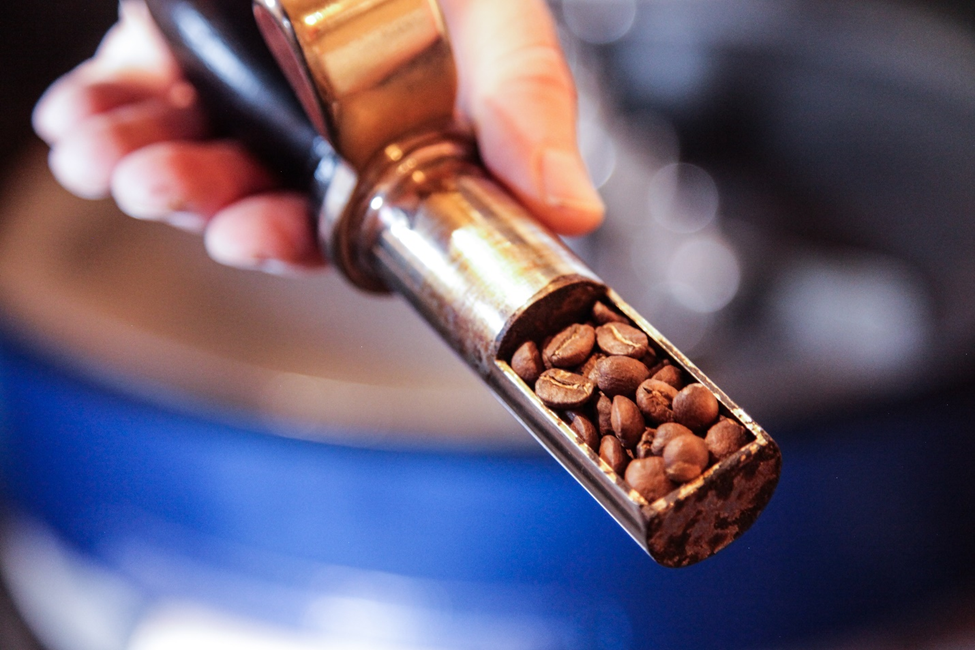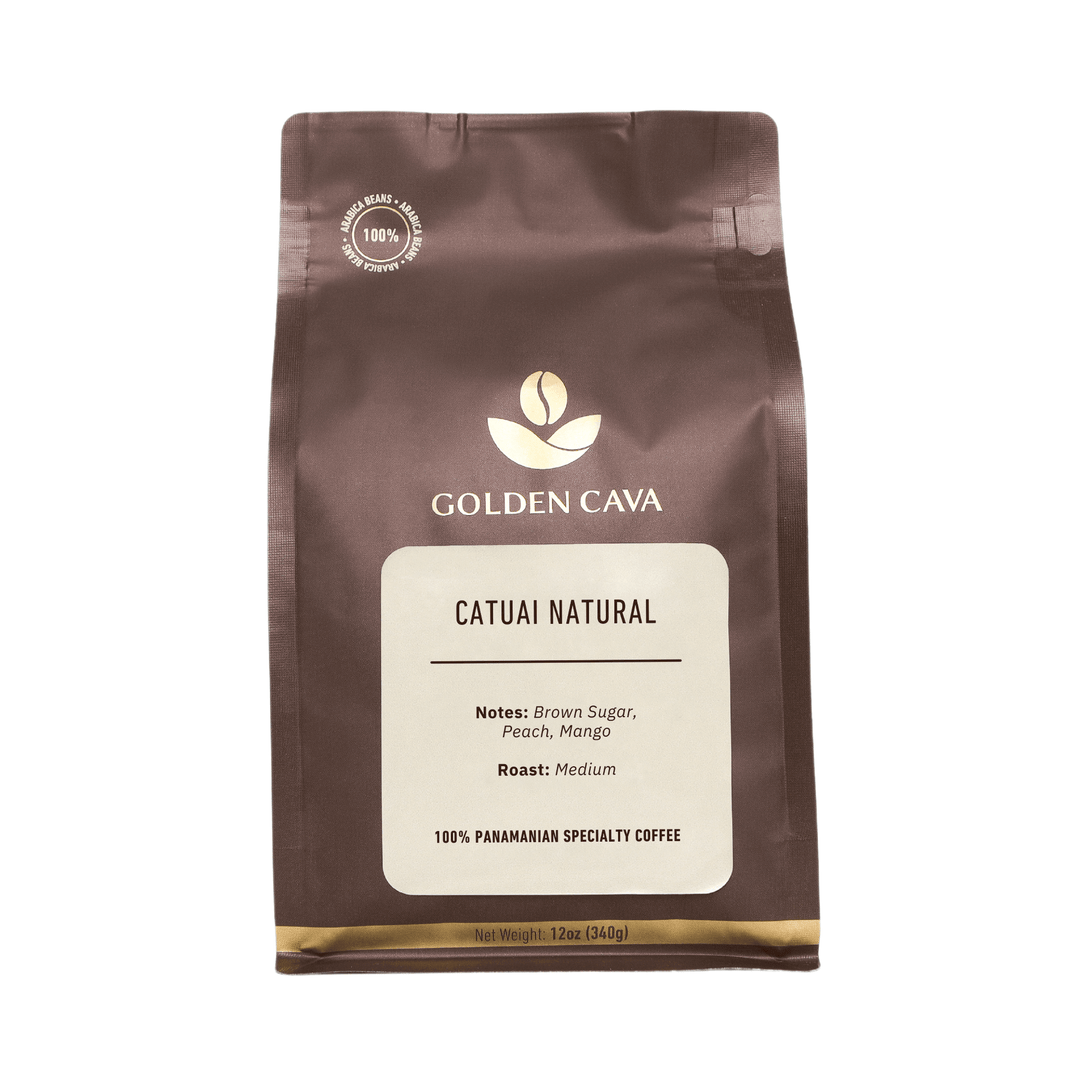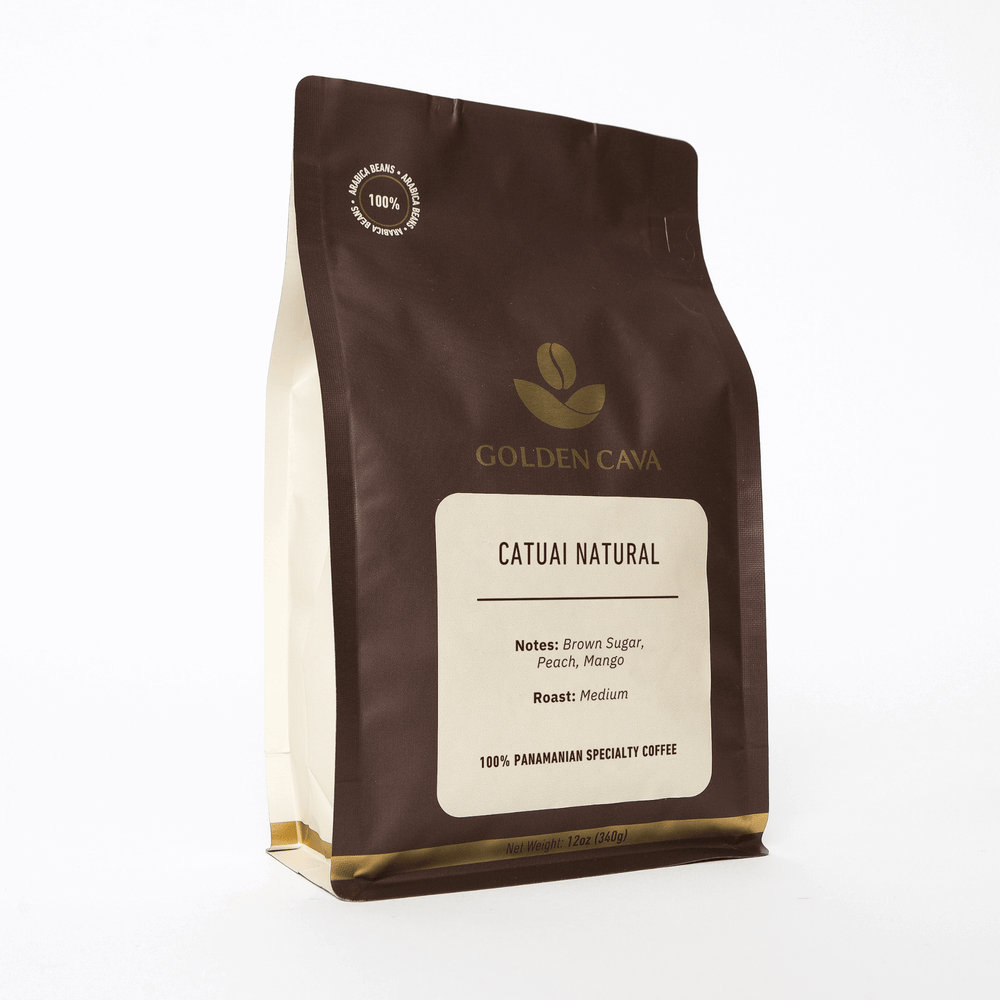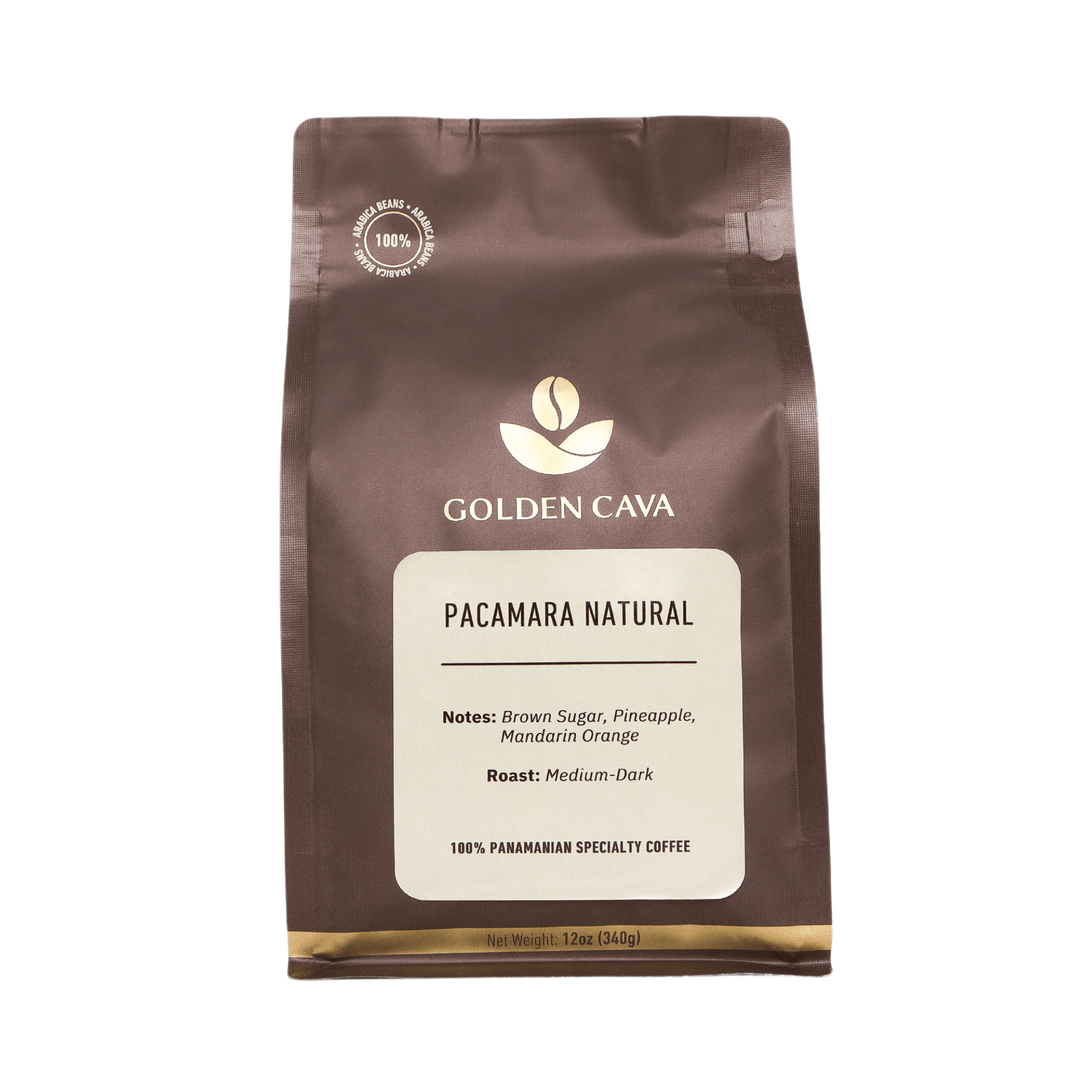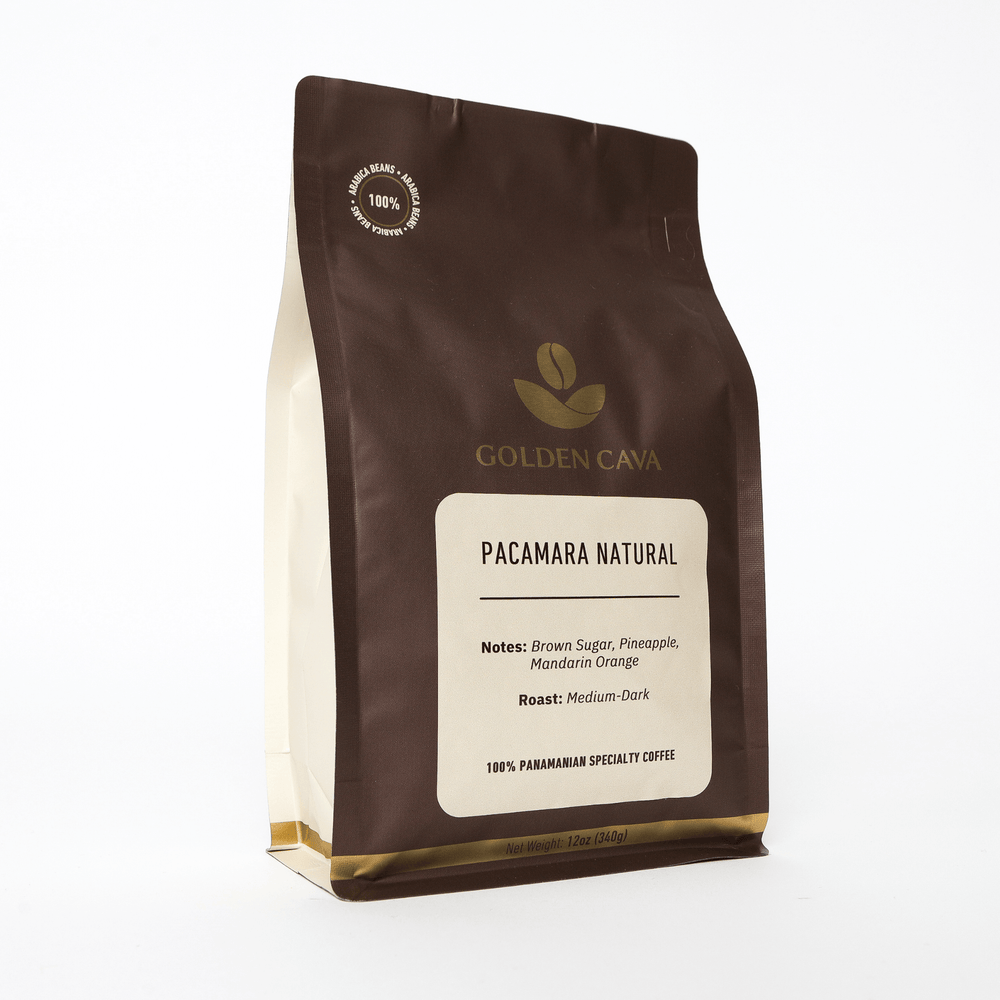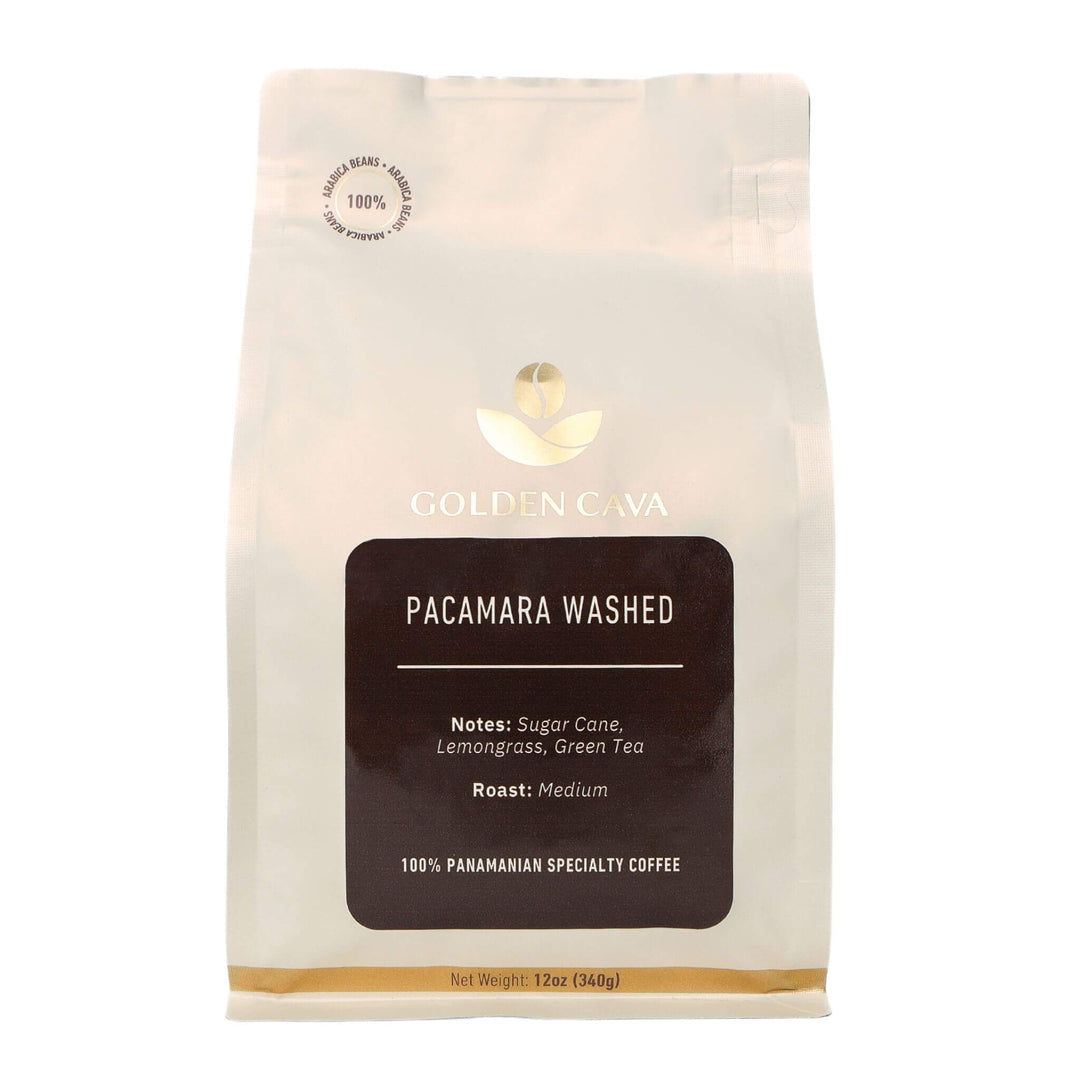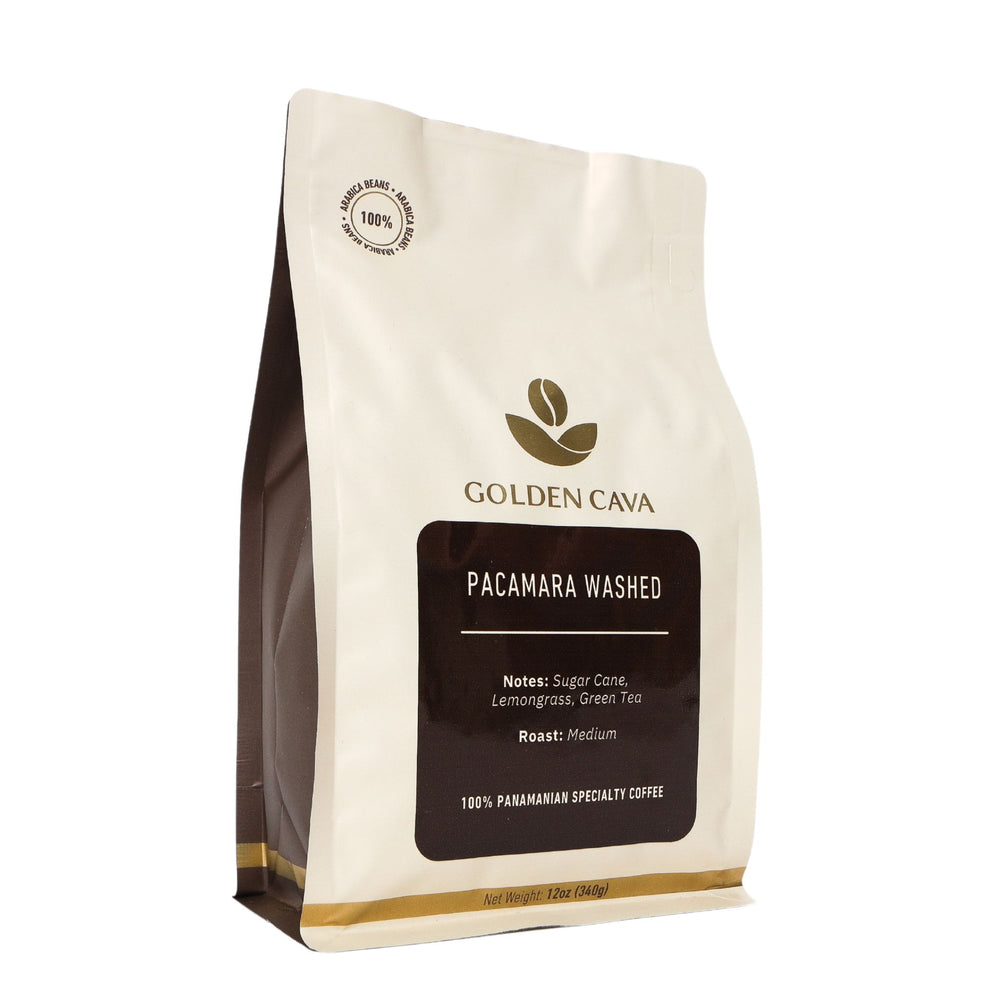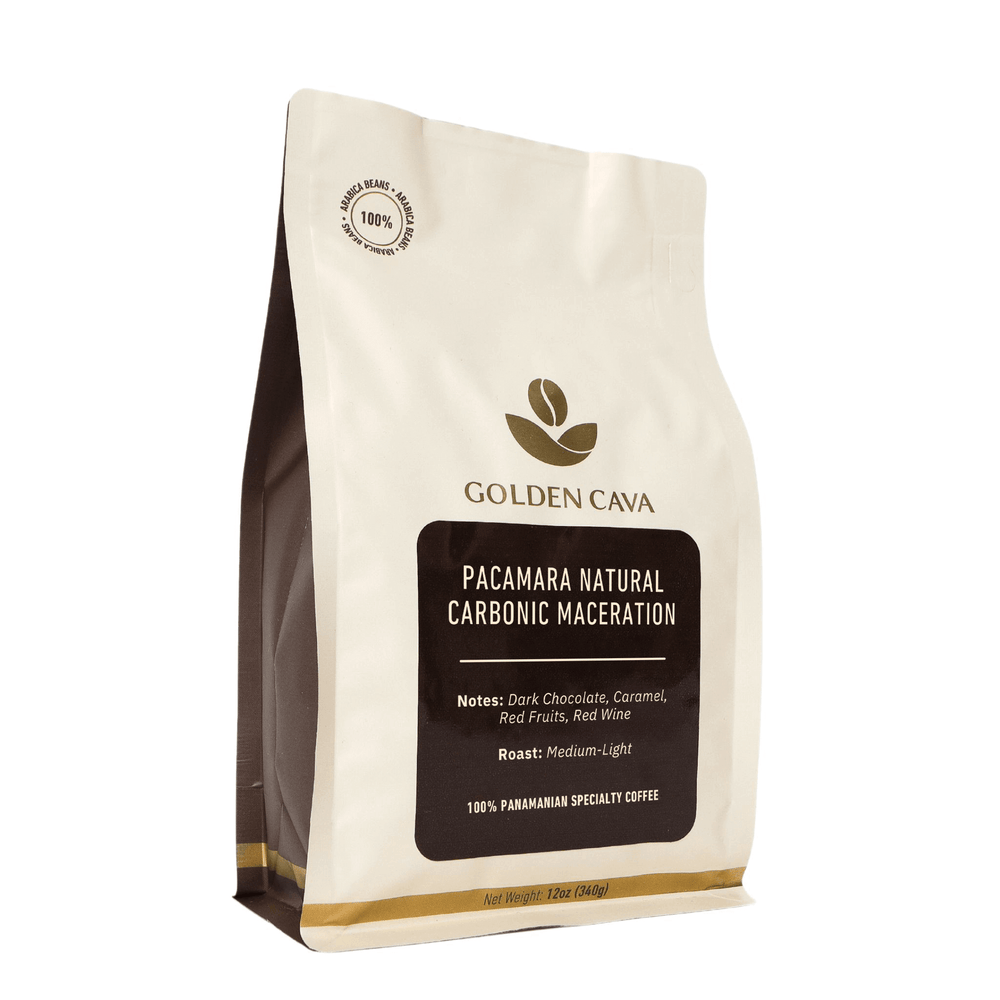How does roasting affect coffee flavor? This query has captivated coffee lovers and professionals for ages. The roasting process is at the heart of our beloved cup of joe—a key determinant of the final taste we so cherish. In this insightful piece, we'll delve into the intricate chemistry of coffee roasting and its indelible mark on flavor formation.
Central to our exploration is the Maillard Reaction—a complex series of chemical reactions between amino acids and reducing sugars. Each stage of this reaction begets distinct flavors characteristic of various roast degrees. Delving deeper, we'll shed light on the process of caramelization, demystifying its role in enhancing the sweetness and body of roasted coffee beans.
Moreover, a side-by-side comparison of light and dark roast coffees offers insights into their acidity levels, each contributing uniquely to the overall taste experience. But our journey doesn't end here. We'll further acquaint you with roast profiles—a nuanced art of tailoring specific flavors to each bean variety. By grasping these nuances, you gain clarity on how roasting affects coffee flavor and equip yourself to make more discerning choices for your next brew.
Table Of Contents:
- 1. Roasting and Its Impact on Coffee Flavor
- 2. The Maillard Reaction
- 3. Caramelization
- 4. Acidity Levels
- 5. Roast Profile
- Frequently Asked Questions How Does Roasting Affect Coffee Flavor
- Conclusion
1. Roasting and Its Impact on Coffee Flavor
The roasting phase process involves exposing green coffee beans to high temperatures, which triggers a series of chemical reactions that result in the bean's distinctive flavor and aroma. Green coffee beans transform the roasting process by undergoing a series of chemical reactions that produce distinctive flavors and aromas. Roasting variables like temperature, time, and profile all affect these responses.
The Importance of Roast Levels
The flavor of coffee can be drastically altered by roasting it to various degrees. Light roast, medium roast, and dark roast are the three standard varieties of coffee:
- Light Roast Coffee: Acidity is higher in lighter roasts, often with fruity or floral undertones. Shorter roasting times mean that the unique characteristics of each origin can be preserved.
- Medium Roast Coffee: Medium-roasted coffees strike a nice balance between acidity and body, and the Maillard reaction gives them interesting new flavors like caramel and nuts.
- Dark Roast Coffee: Coffees that have been caramelized for longer tend to have lower acidity but a more robust body and distinctive flavors like chocolate or smoky overtones.
Finding Your Perfect Cup
Your ideal cup of coffee will taste different depending on how long you've been drinking coffee brewed with different methods, such as drip brewing at home with ground beans or espresso-based beverages like lattes and cappuccinos at your favorite cafe, and how strongly you prefer the aroma, bitterness, mouthfeel, etc.
You can find the ideal coffee drink for your taste by trying out different roasts and brew methods. If you haven't found your ideal brew of coffee yet, don't be afraid to play around with different beans, roasting levels, and preparation methods.
Different roasting temperatures and times can bring out or bury specific flavors in coffee, making roasting a crucial step in creating a custom cup. Essential to the final flavor of coffee is the Maillard reaction, which occurs when proteins and sugars react with heat to create a distinctive flavor profile.

2. The Maillard Reaction
The Maillard reaction, an intricate dance of chemistry, plays a pivotal role in shaping our cherished coffee's flavor and aroma profile. Initiated by the interplay between amino acids and reducing sugars present in green coffee beans, this reaction is kick-started when the beans face the soaring temperatures of roasting.
A. Flavor Development through Maillard Reaction
The Maillard reaction isn't just a solitary event; it's a cascade of transformations that introduce myriad flavor compounds to the roasted beans. Their intricate profiles range from the delicate sweetness of light roasts to the profound, chocolaty depths of darker ones.
- Sweetness: The sugars lying dormant in green coffee beans find their voice through the Maillard reaction, metamorphosing into molecules that sing with malted sweetness and hints of caramel.
- Fruity Notes: The decomposition of certain organic acids heralds the emergence of esters, which might whisper of apples in one roast or burst with berries in another, depending on the coffee's lineage.
- Nutty Flavors: The creation of pyrazines during this process lends a nutty melody, often tying together the flavor symphony in medium roasts.
B. Factors Affecting Maillard Reaction Intensity
The vigor and scope of the Maillard reactions are shaped by factors such as the roasting temperature, the duration of heat exposure, and the inherent moisture content of the green coffee beans.
- Roasting Temperature: Intensifying the roast temperature propels the Maillard reaction, deepening the flavors. However, an unchecked rise could mute the melody with notes of bitterness or a charred aftertaste.
- Roasting Time: The timeline of a roast is instrumental in determining the variety and intensity of Maillard-induced flavors. While prolonged roasts deepen the flavor palette, they might also overshadow the subtleties celebrated in lighter roasts.
- Moisture Content: Beans rich in moisture set the stage for a more dramatic Maillard reaction, their bounty of amino acids and sugars interacting fervently under heat.
To encapsulate, grasping the nuances of the Maillard reaction allows coffee connoisseurs to pinpoint their flavor roast preferences and empowers roasters to sculpt a bean's taste story. With a deft hand on roasting parameters like temperature, duration, and moisture, one can orchestrate a spectrum of flavors, crafting coffee symphonies that resonate across various brew methods.

3. Caramelization
The act of roasting coffee is akin to a skilled artisan molding clay, with each gesture and technique shaping the final masterpiece. One of the most influential processes during roasting is the caramelization of sugars in green coffee beans. This delicate chemical ballet, triggered by heat, creates a panorama of flavors and aromas that turn a simple bean into a flavor-packed delight.
A. The Role of Sugars in Coffee Beans
Nestled within green coffee beans are sugars like sucrose, glucose, and fructose, each holding the potential to transform the flavor of the final brew. They're the silent symphonists, orchestrating the sweetness and acidity dance defining your coffee's character. As roasting commences, these sugars experience caramelization, with each sugar type reacting uniquely based on its molecular composition.
B. How Caramelization Affects Flavor Profile
- Sweetness: The alchemy of caramelization breaks down sugar molecules, birthing compounds that sweeten your cup, making each sip more delightful.
- Mouthfeel: Beyond flavor, caramelized sugars weave a smoother texture, reducing any hint of bitterness often found in lighter roasts.
- Aroma: Just as an artist uses strokes to add depth, the aromas emanating from caramelized sugars, reminiscent of dark chocolate or toasted nuts, deepen the sensory experience of your brew.
C. Roast Level Impact on Caramelization
While all beans undergo caramelization, the extent varies based on the roast spectrum. Lighter roasts offer a whisper of caramelization, while darker ones bring forth its resonant song, echoing the profound flavors of this reaction.
D. Balancing Caramelization with Other Flavor Factors
Finding that perfect brew resembles a maestro balancing instruments in a symphony. By playing with coffee bean types, adjusting roast levels, and experimenting with brewing techniques, one can find the sweet spot where caramelization harmonizes with other flavor notes, ensuring a coffee that sings to your palate.
Caramelization is a pivotal movement in the grand opus of coffee roasting, setting the stage for a rich, flavorful brew. With the right understanding and a pinch of experimentation, one can harness this reaction to craft a cup of coffee that delights and satisfies consistently.

4. Acidity Levels
One of the most significant factors roasting affects coffee beans is their acidity levels. The acidity level plays a crucial role in determining your coffee beverage's overall flavor profile and taste preferences. It is the zesty spark, the refreshing tang, and sometimes the defining character of your morning brew.
A. Light Roast Coffee: Higher Acidity
Light roast coffee, often termed 'cinnamon roast', embodies vivacity. The limited time under the roaster's fire ensures these beans hold onto their innate acidic compounds. The result is a cup bursting with brightness, often characterized by lively, fruity or floral tones. It's a sip that often feels like the morning’s first sunray - crisp, energetic, and effervescent.
B. Medium Roast Coffee: Balanced Acidity
If light roasts are the passionate soloists, medium roasts are the symphony, achieving a balance between acidity and body. With a moderate roasting tenure, these beans witness a partial breakdown of acidic compounds yet retain enough to showcase a well-rounded flavor. It's the best of both worlds - a hint of acidity and gentle sweetness.
C. Dark Roast Coffee: Lower Acidity
Diving into the deeper end of the roasting spectrum, dark roast coffee bring forth a robust flavor profile, sidelining the bright acidity for bolder, richer notes. The extended roasting duration significantly reduces the bean's acidity, paving the way for intense flavors reminiscent of dark chocolate or a smoky campfire's embrace.
D. Factors Affecting Acidity Levels in Coffee Beans
While the roast color is a significant player, it isn't alone on the stage:
- Bean Origin: The origin story of every coffee bean, encompassing its soil, altitude, and climate, lays the foundation for its acidity narrative.
- Processing Method: The choice between wet and dry processing methods for the coffee cherry can accentuate or mellow the bean's acidic profile.
- Freshness: As the wine matures with age, coffee beans evolve differently. Fresh beans often exude more pronounced acidic notes, whereas aged ones mellow down, presenting a more subdued profile.
In the world of coffee, acidity isn't just a flavor note. It's a storyteller narrating tales of origin, transformation, and time. And while the roast profile remains the central character, the combined chorus of all factors delivers the final masterpiece in your cup.

5. Roast Profile
How the coffee beans were roasted significantly affects the final flavor and aroma. To find the perfect blend of coffee for your tastes and brewing method, it helps to know how different roast levels affect the flavor.
Different Roast Levels
- Light Roasts: Light Roasts Coffee beans that have been lightly roasted are pale brown and have little to no oil on their surface. Most green coffee flavor is still present in these lighter roasts, which often have higher acidity and more pronounced fruity or floral notes. Flavor-wise, they're lighter than darker roasts, as stated by the National Coffee Association.
- Medium Roasts: The balanced ballerinas, medium roasts, carry forward the tale, ensuring a harmonious meld of body and brightness. They are the epitome of equilibrium, encapsulating their origins' essence while hinting at their transformation.
- Dark Roasts: The powerful baritones, dark roasts thunder with boldness. Their dark, almost ebony appearance is complemented by a dominant flavor profile. Here, subtlety takes a back seat, and the rich undertones of dark chocolate or smoky nuances lead the performance.
Finding Your Ideal Roast Preference
Consider your taste preferences (e.g., strong vs mild), desired caffeine content (lighter roasts generally contain more caffeine), brewing method (e.g., espresso roast for espresso machines), and specific coffee origins (e.g., Ethiopian coffees are often best enjoyed as lighter roasts) to determine the ideal roast for enjoying great cups of brewed or espresso-based beverages.
You can learn to appreciate the variety of coffee flavors and aromas by experimenting with different roast levels. Golden Cava is just one of many online coffee industry specialty shops that sells a wide selection of roasted beans worldwide.
Roasting Techniques
Careful regulation of roasting temperature and time is required to produce a product with the desired degree of roast while retaining or enhancing desirable flavor compounds. Professional roasters employ air and drum-roasting techniques to guarantee uniformity in their finished product. DIY methods involving common kitchen items, such as popcorn poppers or baking sheets, are also accessible to coffee connoisseurs in their homes.
Professional baristas and home coffee brewers can select the best beans for their ideal cup of joe by learning how the roast profile affects the flavor.

Frequently Asked Questions How Does Roasting Affect Coffee Flavor
How does roasting coffee affect flavor?
Coffee roasting converts green beans into brown, aromatic beans with complex flavors. Chemical reactions such as the Maillard reaction and caramelization are used in the process, which results in different flavor profiles depending on the roast level. As a result, lighter roasts have more acidity and original flavors, whereas darker roasts have more body and bitterness.
Does roasted coffee taste better?
The taste of roasted coffee is highly subjective. Lighter roasts retain the bean's original characteristics, providing fruity or floral notes ideal for specialty coffees. Darker roasts develop boldness and richness, which appeals to those who enjoy strong brews. Experimenting with various roast levels can assist you in determining your preferred flavor profile.
How do acidity, body, and flavor change as coffee is roasted darker?
Coffee's acidity decreases as it roasts darker, while its body increases due to oil migration from within the bean to the surface. Origin flavors fade as they are replaced by stronger flavors caused by increased caramelization. As a result, dark roast fans prefer robust flavors to the delicate nuances of lighter counterparts.
What happens to coffee when you roast it?
When green coffee beans are roasted, they undergo physical changes such as color transformation (from green to brown), weight loss due to moisture evaporation, volume increase due to expansion (bean expansion), and aroma development. Chemical reactions such as the Maillard reaction and caramelization produce distinct flavors, with the final taste profile determined by the roast level.
Conclusion
The alchemy of coffee roasting is an intricate dance of heat, time, and chemistry. As green coffee beans undergo this transformative journey, they emerge with distinct flavor profiles sculpted by the Maillard reaction, caramelization, and the modulation of acidity. Each roast level offers a new narrative, from the bright vivacity of light roasts to the bold undertones of dark ones. So, when pondering, "How does roasting affect coffee flavor?" The answer is an unequivocal yes. Just as a painter's choice of a brush stroke can alter a canvas, so does the roaster's touch on a coffee bean. The true joy, however, lies in the discovery – exploring the symphony of flavors that resonate with your palate. So, brew, taste, experiment, and let the coffee tales unfold.
With Golden Cava, you can delve into the world of specialty coffee and learn how roasting affects the taste of your cup. Get started immediately to enjoy the highest quality, freshness, and longevity standards.

